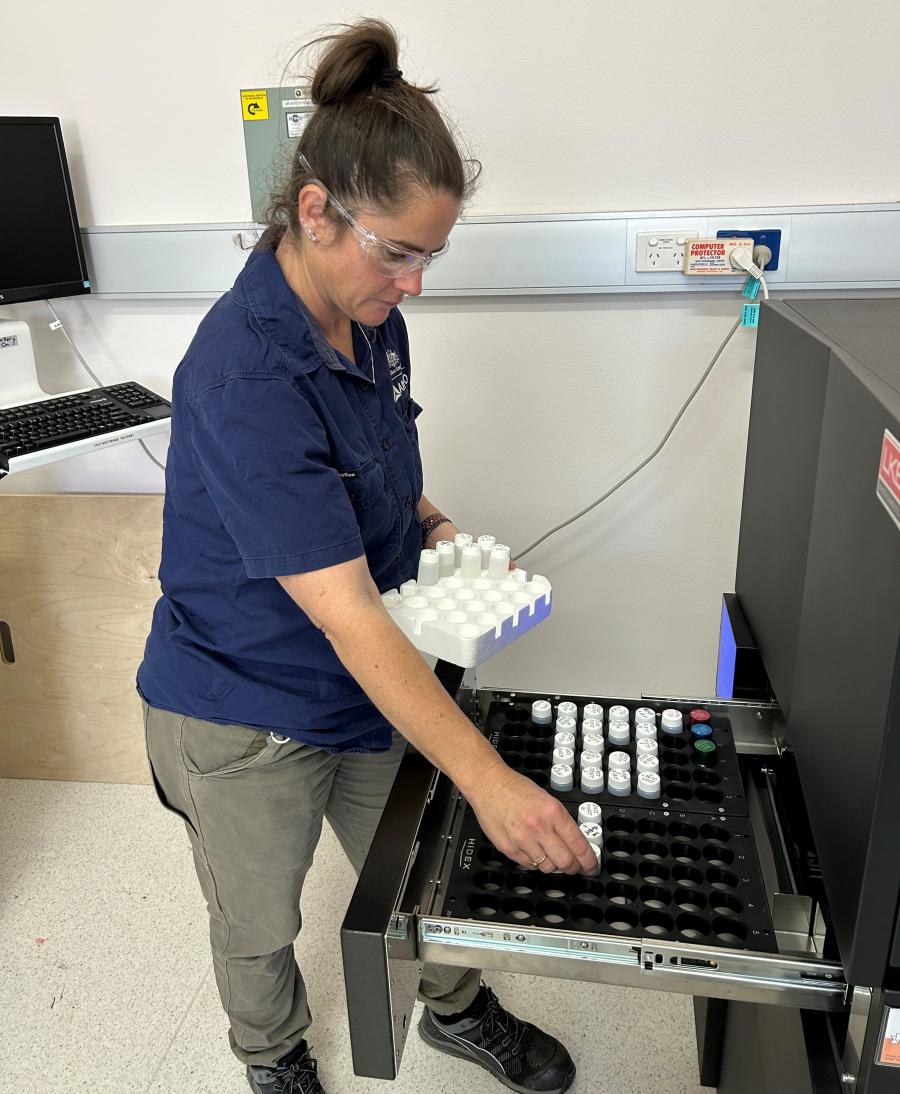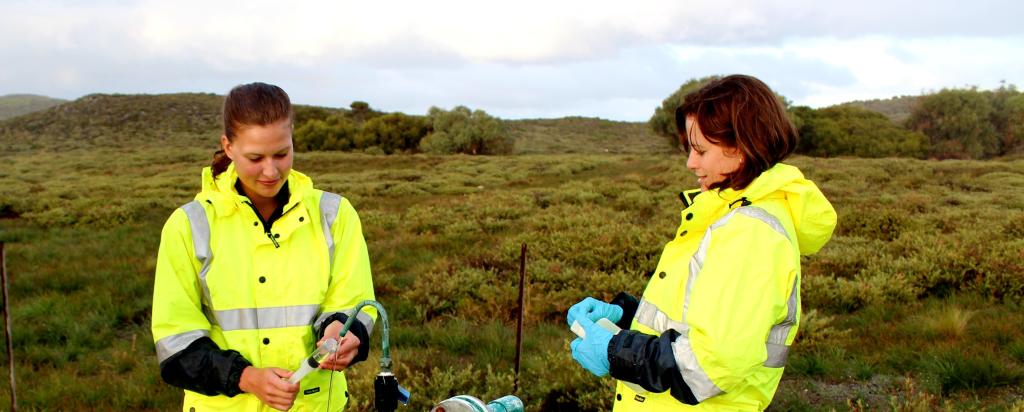

Tritium & other liquid scintillation analysis techniques
Accurate low level tritiated water (HTO) data is an essential tool for groundwater dating and understanding groundwater recharge processes. The data is extremely valuable in helping to make sustainable decisions with our most precious resource, water.

Because bomb pulse tritium from the nuclear weapons testing in 1960s has now decayed to low, almost undetectable levels within the southern hemisphere, ultra-lowdetection limit analysis is essential. ANSTO operates the only ultra-low level tritiated water analysis facility in Australia, one of only a few in the world. Low level analysis of tritiated water is a six stage process that takes two and a half months to complete: distillation, concentration via electrolysis, hydroxide neutralisation, purification, liquid scintillation counting and data computation.
| Capability | Typical1 Limits of Detection2 | Precision3 | Contact Person | Pricing Unit | Commercial Price4 |
| Low Level Tritium analysis of water via electrolytic concentration & LSC | 0.008 - 2 Bq/L | 50% @ 0.007 Bq/L; 6% @ 0.1 Bq/L | Kellie-Anne Farrawell | sample | $792 |
| Tritium analysis using LSC | 1 - 1000 Bq/L aqueous 0.5 - 1000 Bq/filter | ~5% ~10% | Kellie-Anne Farrawell | sample | $220 $220 |
| Carbon-14 analysis using LSC | 1 - 1000 Bq/L aqueous 1 - 1000 Bq/filter | ~5% ~10% | Robert Chisari | sample | $155 $220 |
| Biodiesel screening in mixed fuel | 0 -100% biodiesel content | ~5% | Robert Chisari | sample | $155 |